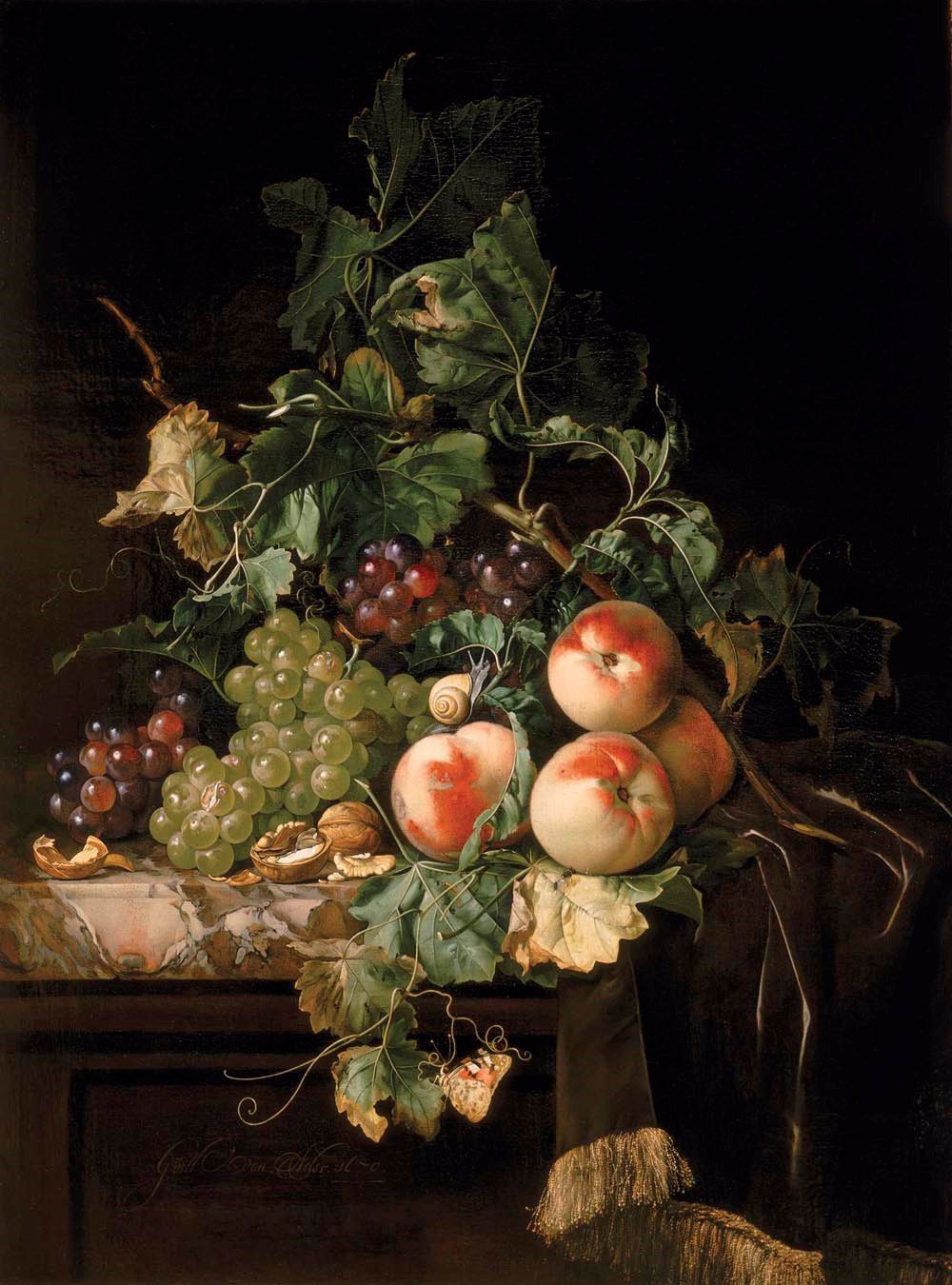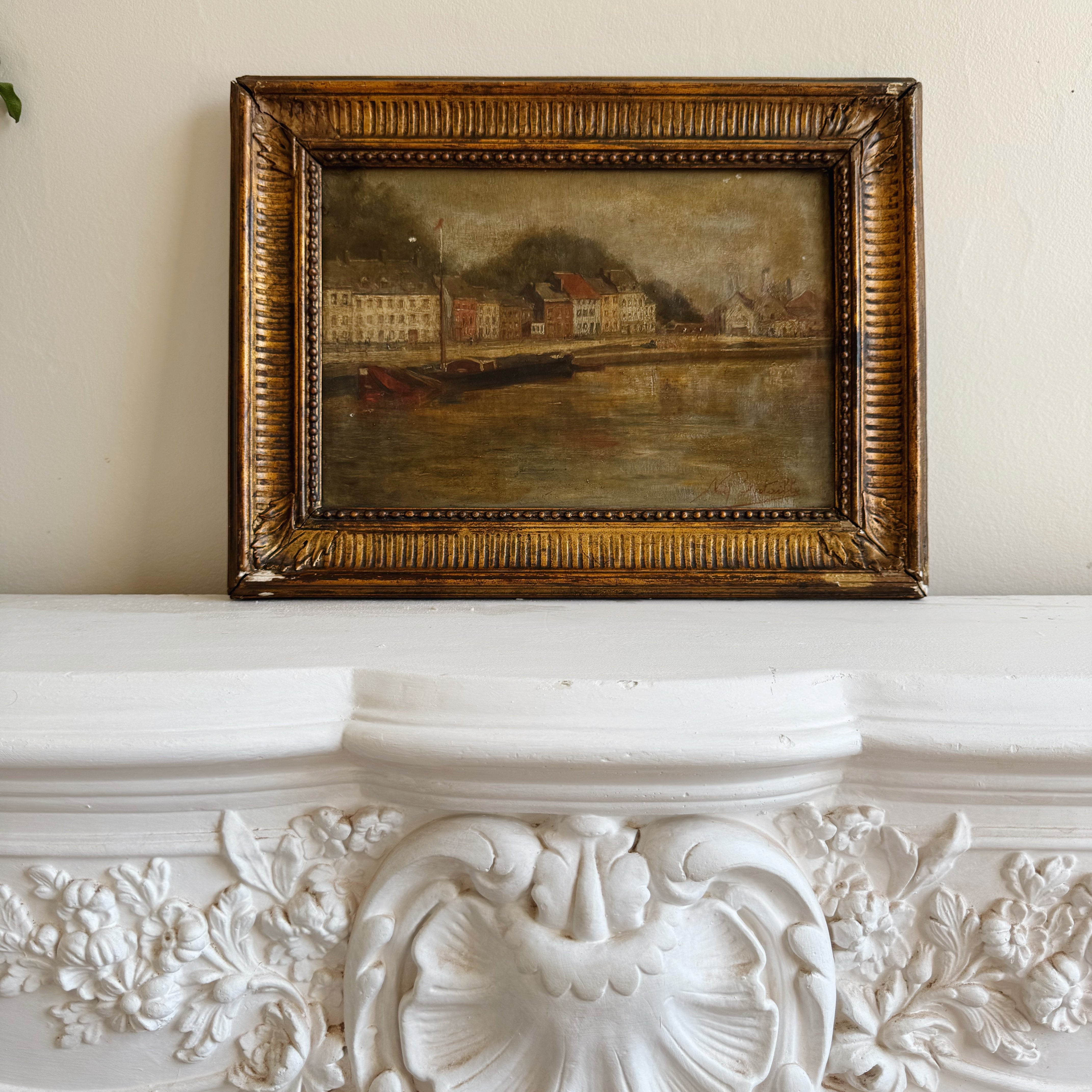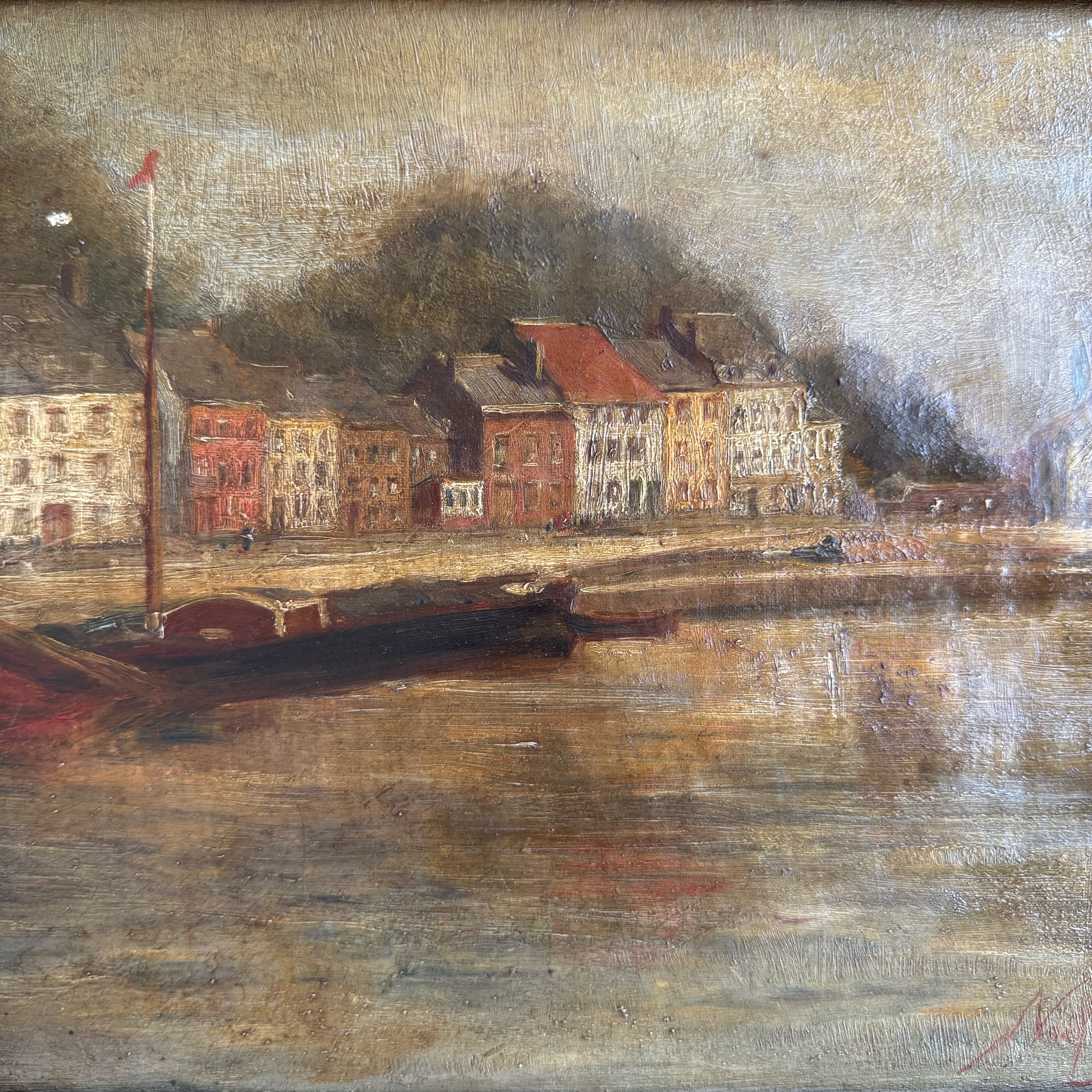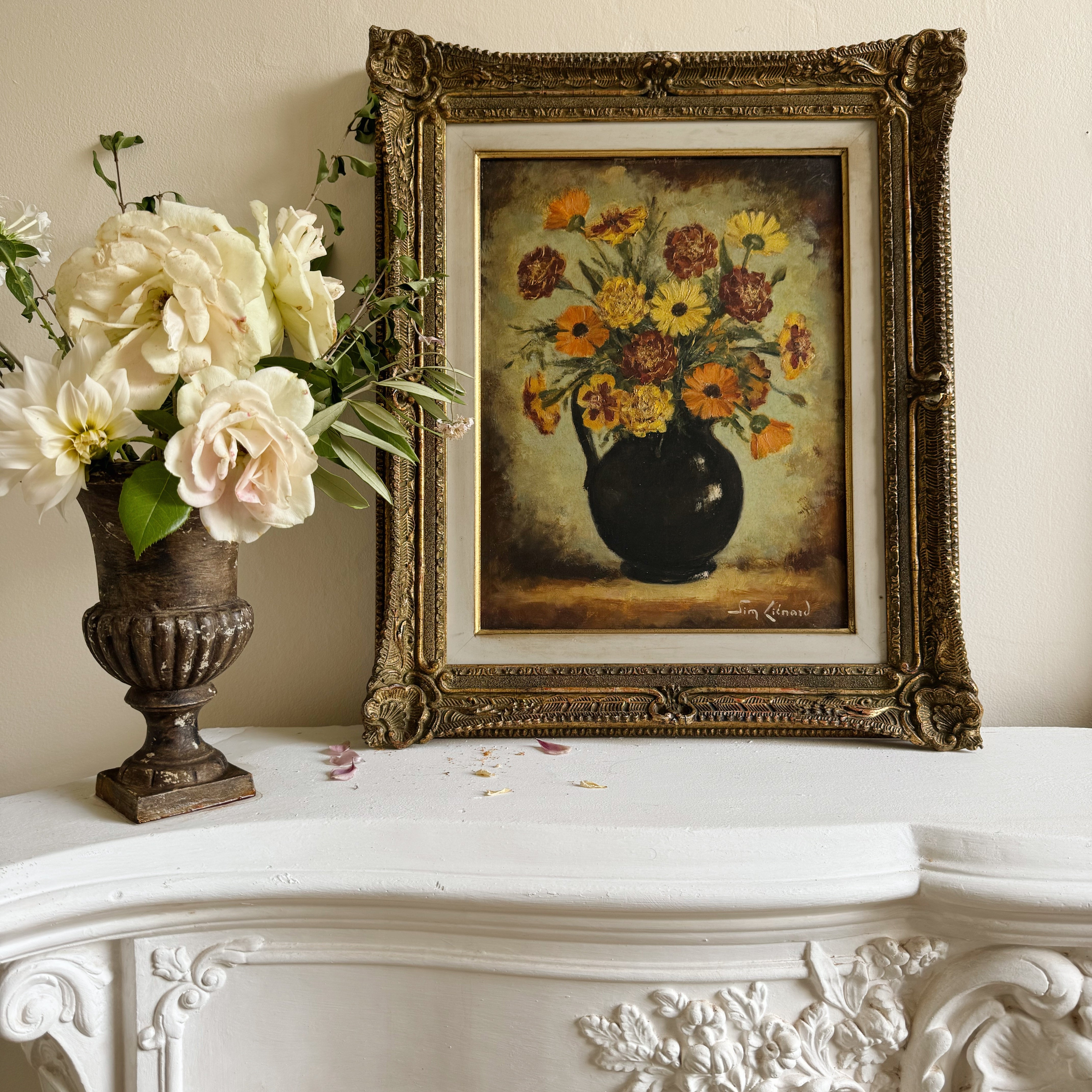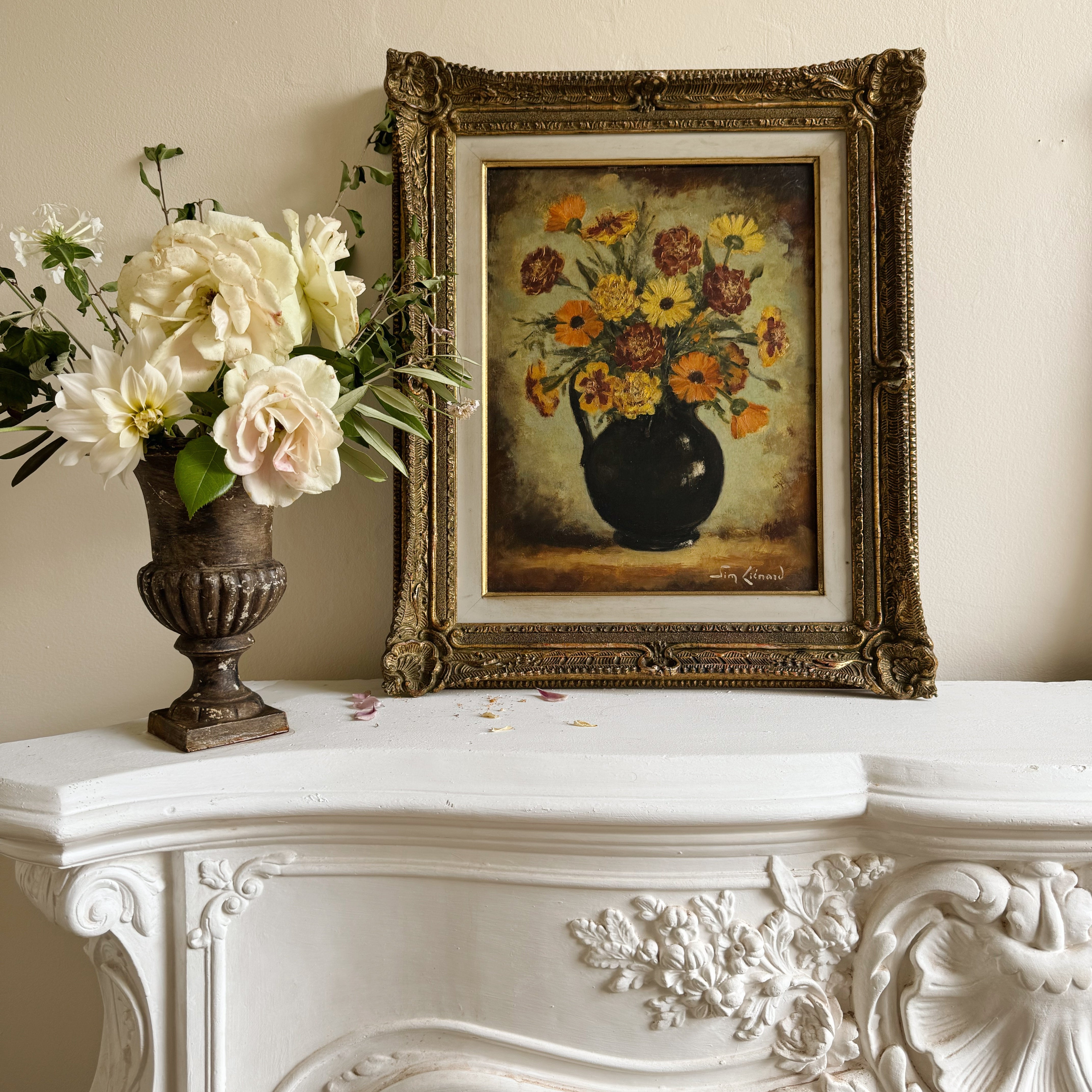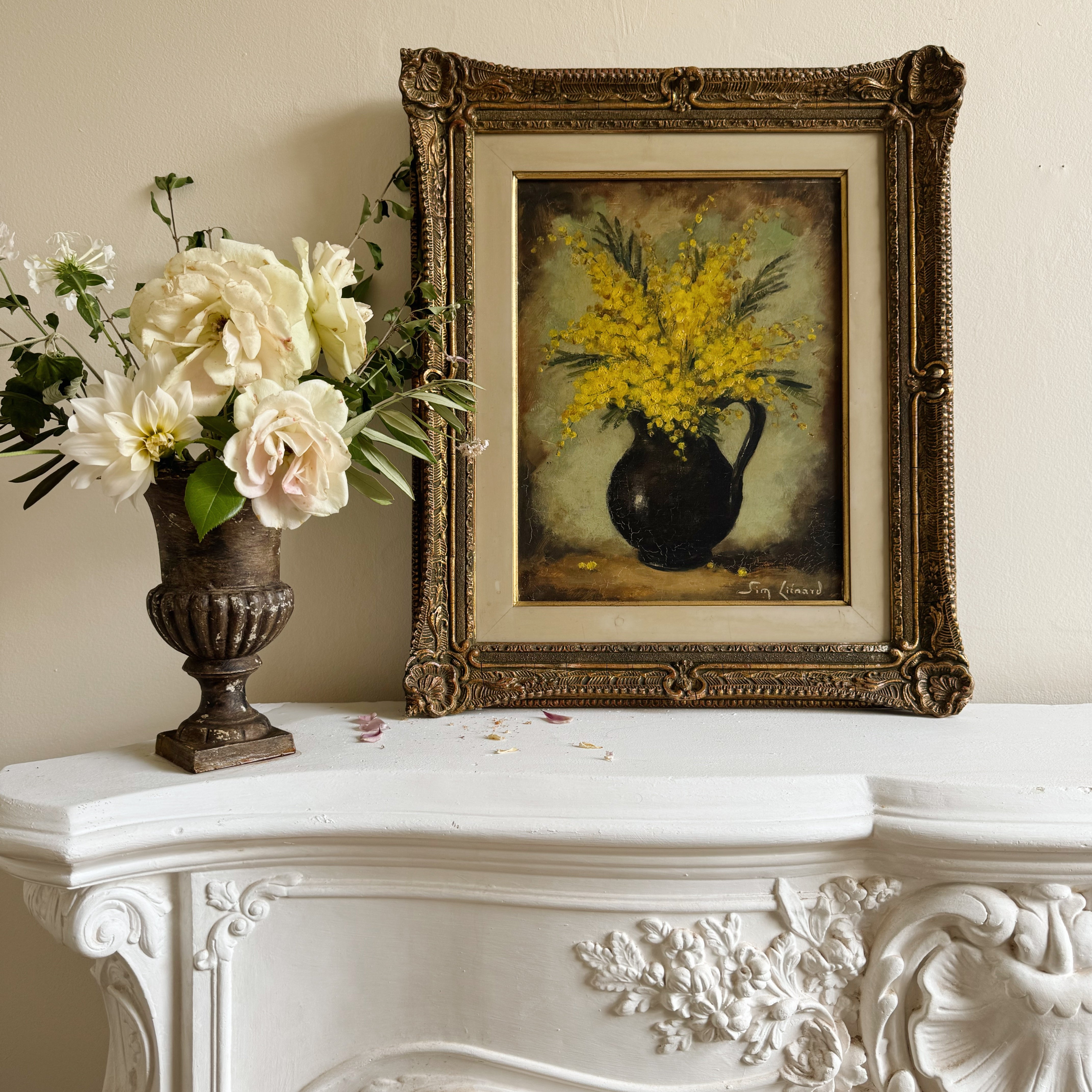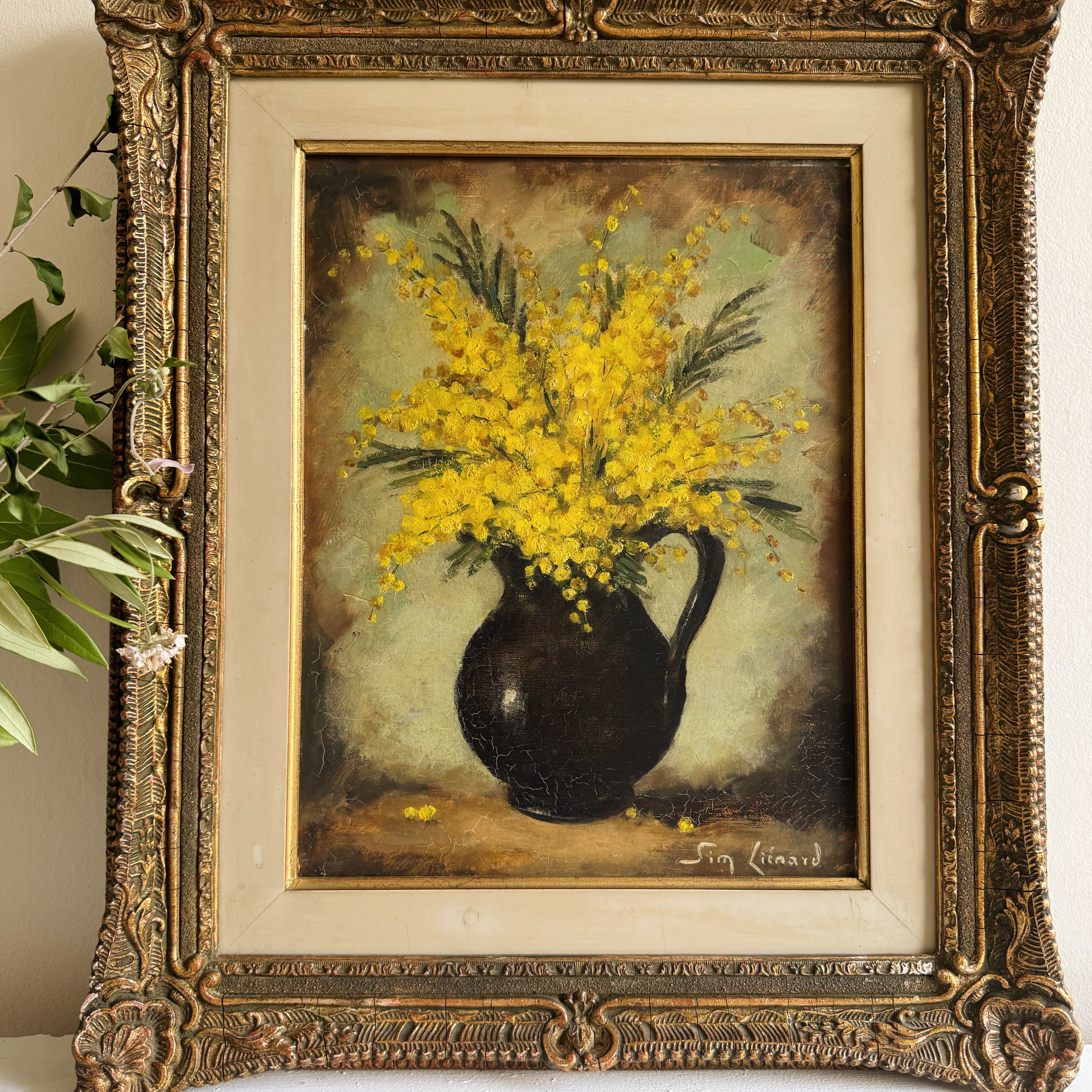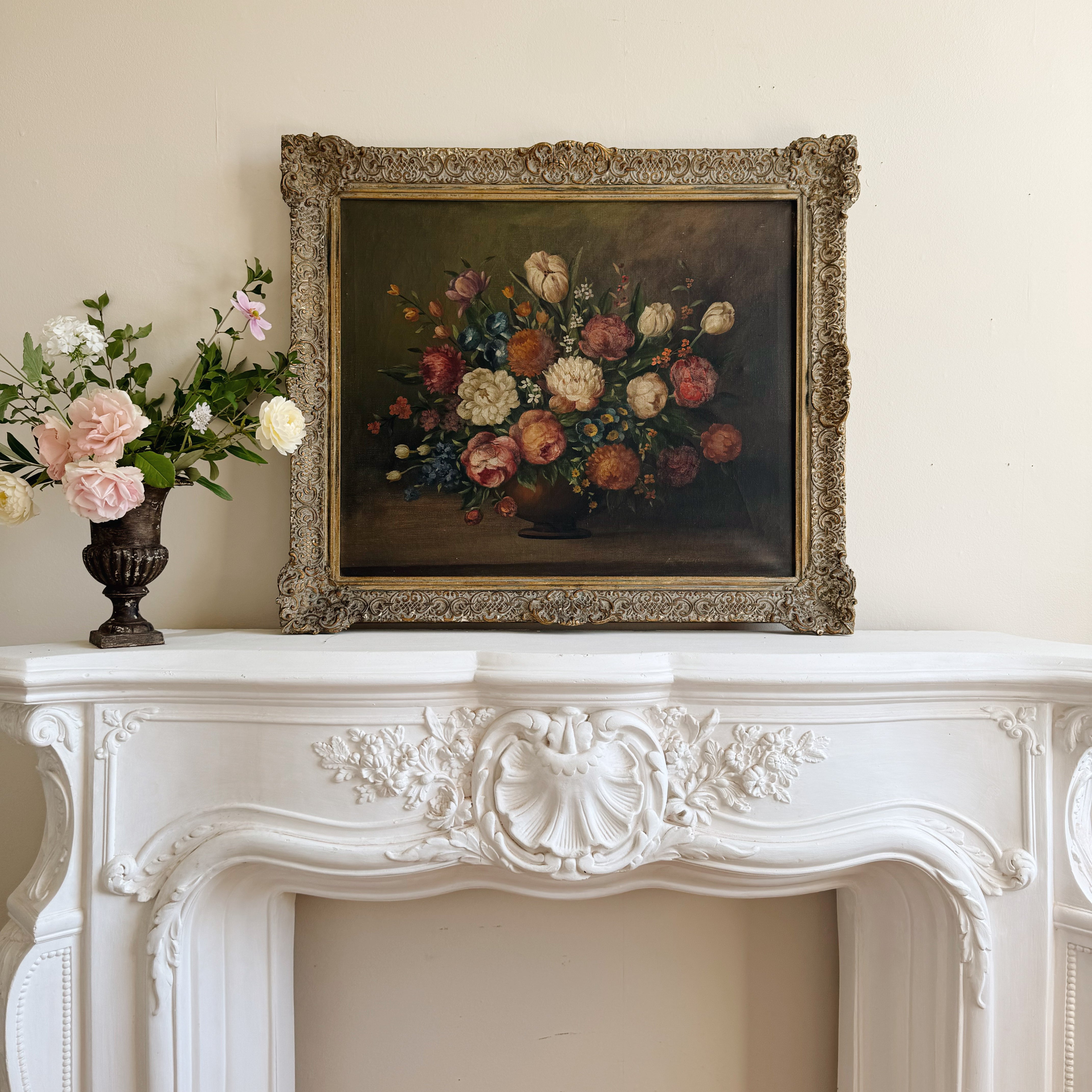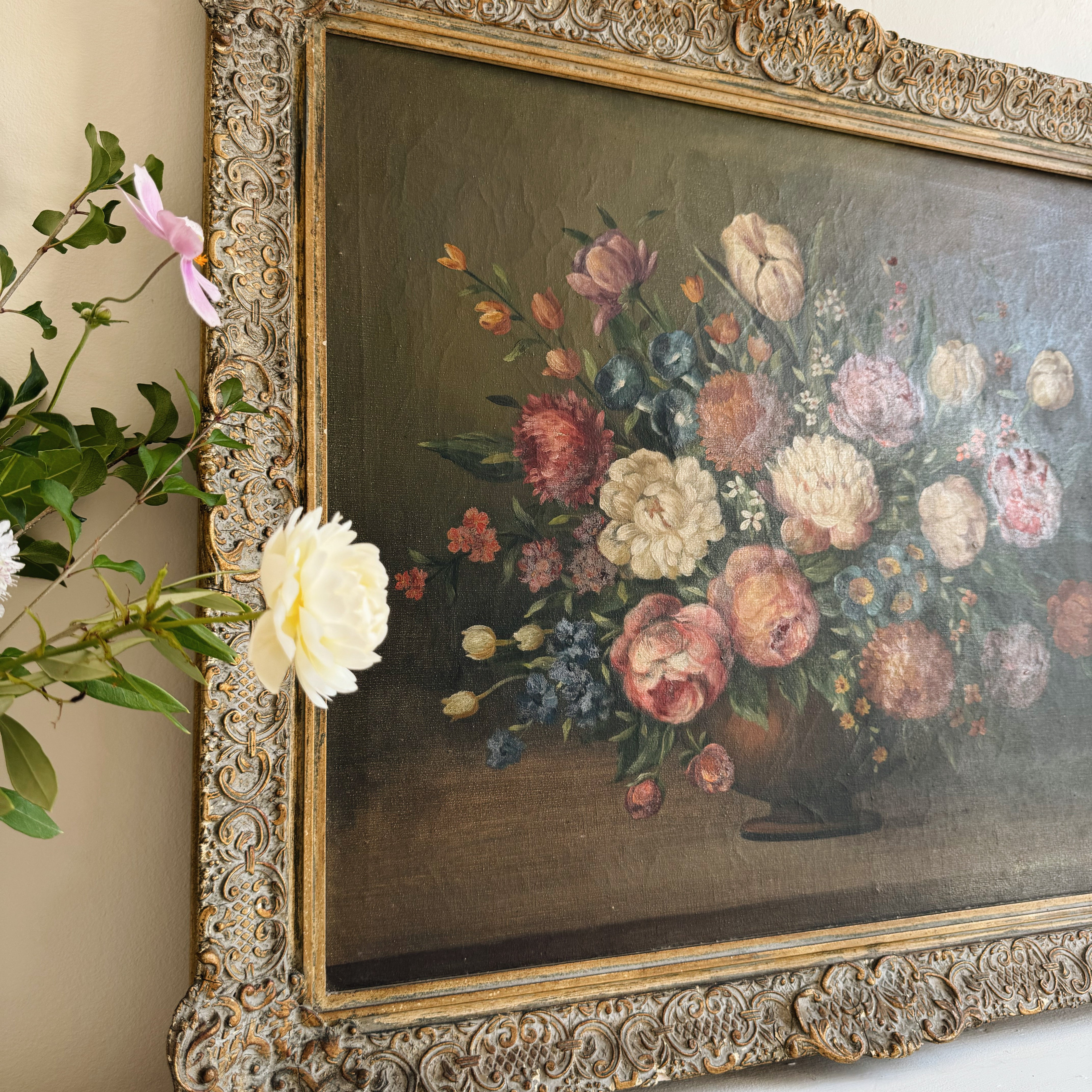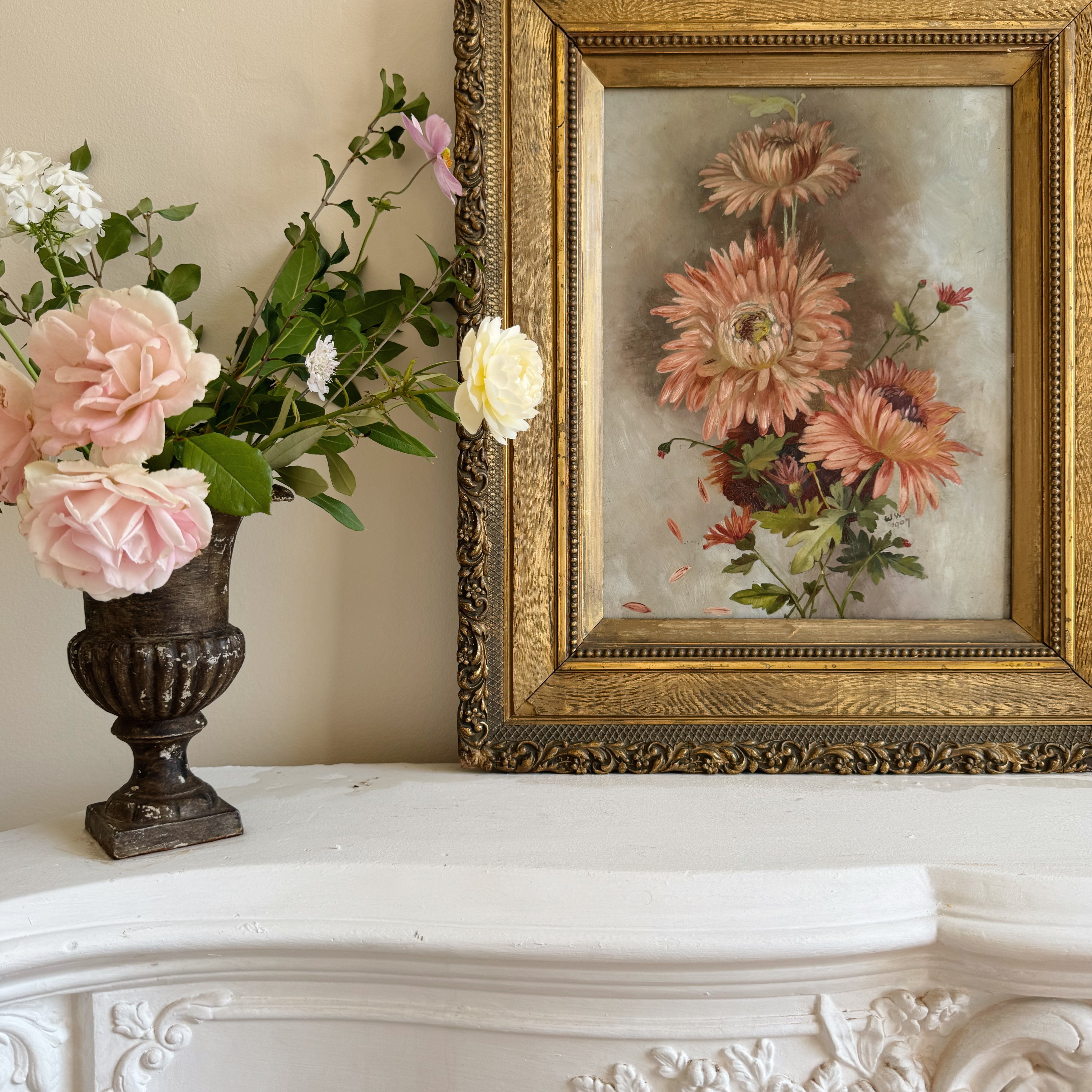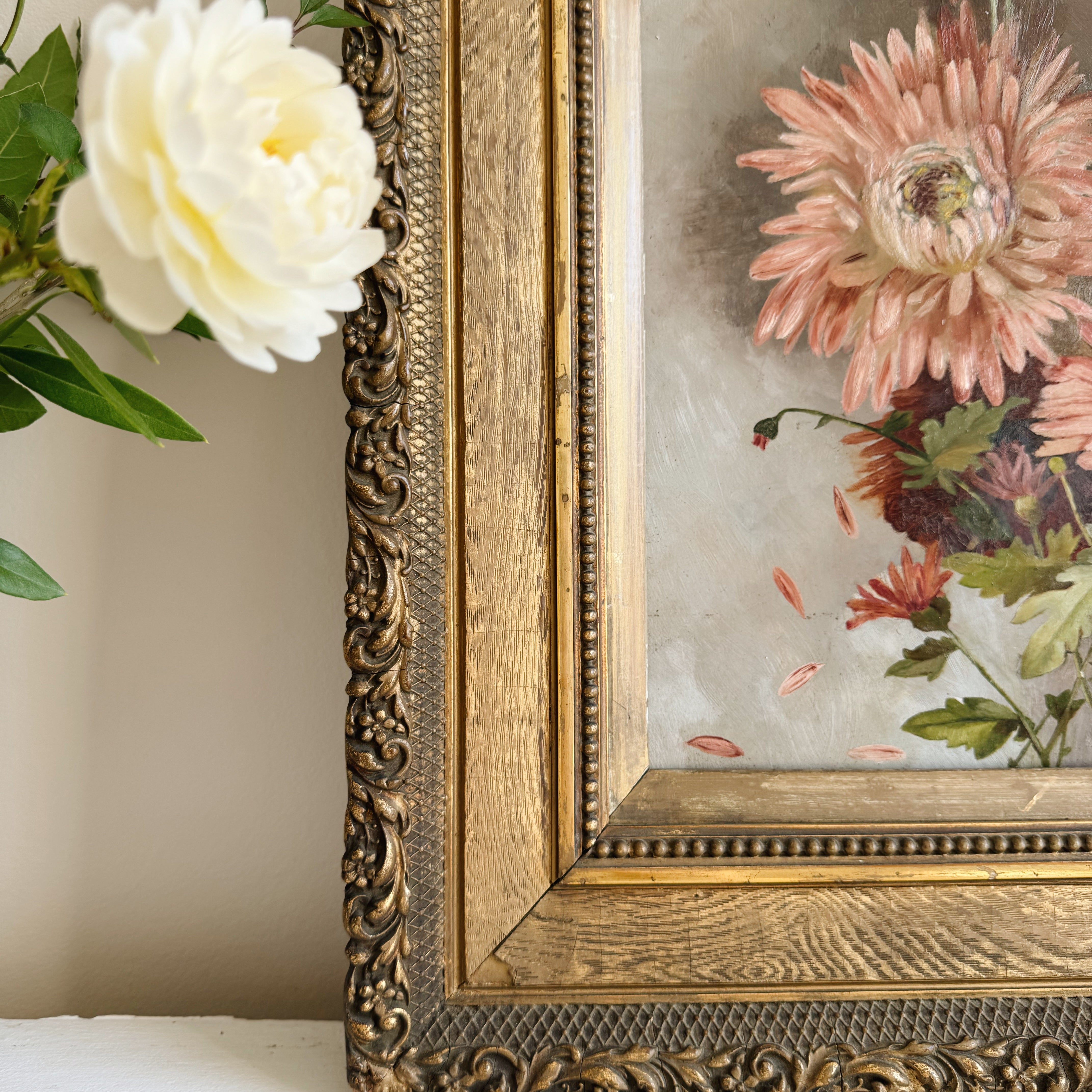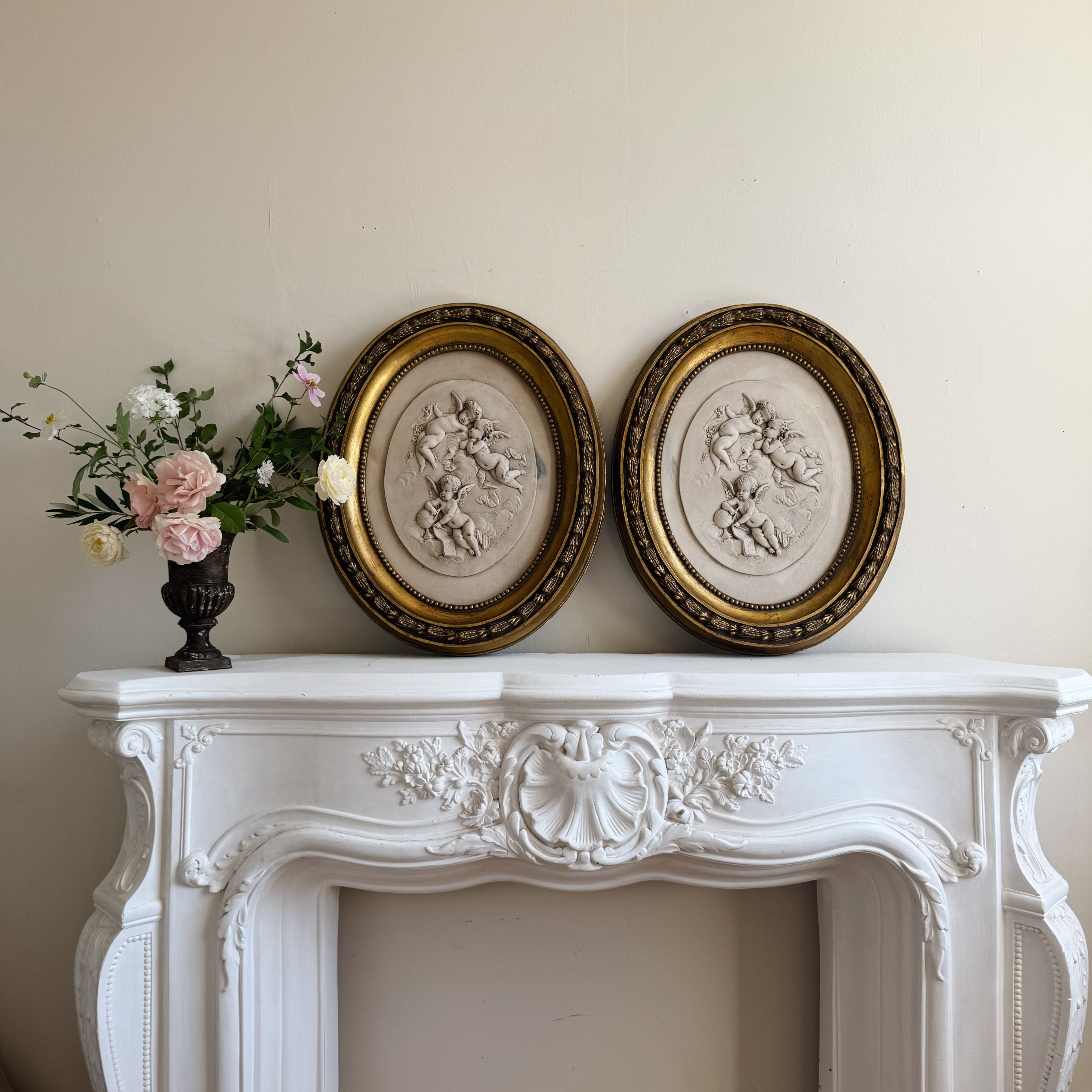The Still Life has been in existence since humans first began to make their mark and record their experiences and surroundings. The ancient world is filled with still life interpretations and can be seen in Greek, Roman and Egyptian antiquity.
The still life is born out of an innate human need to not only capture but to curate and control our surroundings. As much as a still life may seem like an observation it’s really an attempt at an intervention. An intervention that challenges mortality itself.

It was in the early 1600’s that the specialist still life genre, as we understand it as today, really started to flourish in the Netherlands. The focus of the still life was on everyday objects and scenes - fruit, food, flowers, tablescapes. The focus on these objects reflected the increasing urbanisation and wealth of the Dutch people that came from commerce, trade and exploration and gave an increasing focus on the home, possessions and the accumulation of personal wealth within society.

At first glance the subjects may seem to be so everyday as to be mundane, and indeed, the Still Life was ranked the lowest genre of art at the time, portraits and landscapes were deemed of much higher value. However, this is only the case if you choose to take them at face value and alluded to earlier, these aesthetically beautiful works of art are far more than just interpretations, they are windows into the human soul and our greatest fears and desires. They show not just the deep beauty in the everyday but our inner desires to consume, capture and control it.
The still life of the 17th and 18th century are rich in symbolism and meaning and much can be derived from analysing the individual elements of the composition and the way they are placed and depicted. The overarching theme of the still life paintings of this period is the passage of time. There is much symbolism, both religious and non religious, in the paintings, that depicts the transience of life.
Floral still life paintings were especially popular, as they are today. Catching something so fleetingly beautiful as a cut flower in bloom and immortalising it for eternity for the pleasure of the beholder, speaks to our human nature and our innate need to hold on to beauty, youth, perfection, the ideal.

Fruit and food were also important features of this Golden Age of Still Life paintings. Something as fundamental to life as the food that nourishes us, is turned into rich and opulent art that nourishes not the body but instead the soul.
The bountiful fruit is depicted in its prime. It represents abundance, wealth and beauty. Of course in real life, the fruit is peeled, or eaten, or spoiled. It can be scarce or plentiful but either way, it never lasts and it’s this juxtaposition of this reality and the romantic interpretation that makes these images not only beautiful but important interpretations of the human experience, our interactions with the natural world and our place within the circle of life. The fruits are transient, the flowers are transient, wealth and abundance are transient, as are we.

This darker interpretation of these paintings is emphasised by the dark backgrounds on which the subjects emerge. Everything comes from the abyss and everything returns to the abyss but the focus is on the beauty and abundance that can be found in the here and now.
There is additional symbolism in some of the paintings of the period that go even further, most notably skulls amongst the riches, that emphasise the passing of time and serve as a timely reminder to enjoy these worldly pleasures, while we can.

And while a lot of the symbolism in these paintings can have a deep and darker side to their interpretation. Ultimately these Still Life paintings are celebrations. They are celebrations of the beauty of nature and the everyday. They are celebrations of our ability as humans to create romance out of our everyday reality. Still life paintings are the ultimate appreciation of art, beauty and romance.
Later, the Still Life evolved with the impressionist experimenting with the genre. Most notably Cezanne bushed the boundaries of these themes. Taking the same subjects but flooding them with light and colour.

In modern times, the Still Life continues to enchant and inspire. Photographers such as Jamie Beck look to reinterpret the genre and push the boundaries of making art of life and making life an art. Capturing and curating the everyday in its most beautiful, most romantic guise.


